In the future, humans may find settlements on distant celestial bodies in the universe.
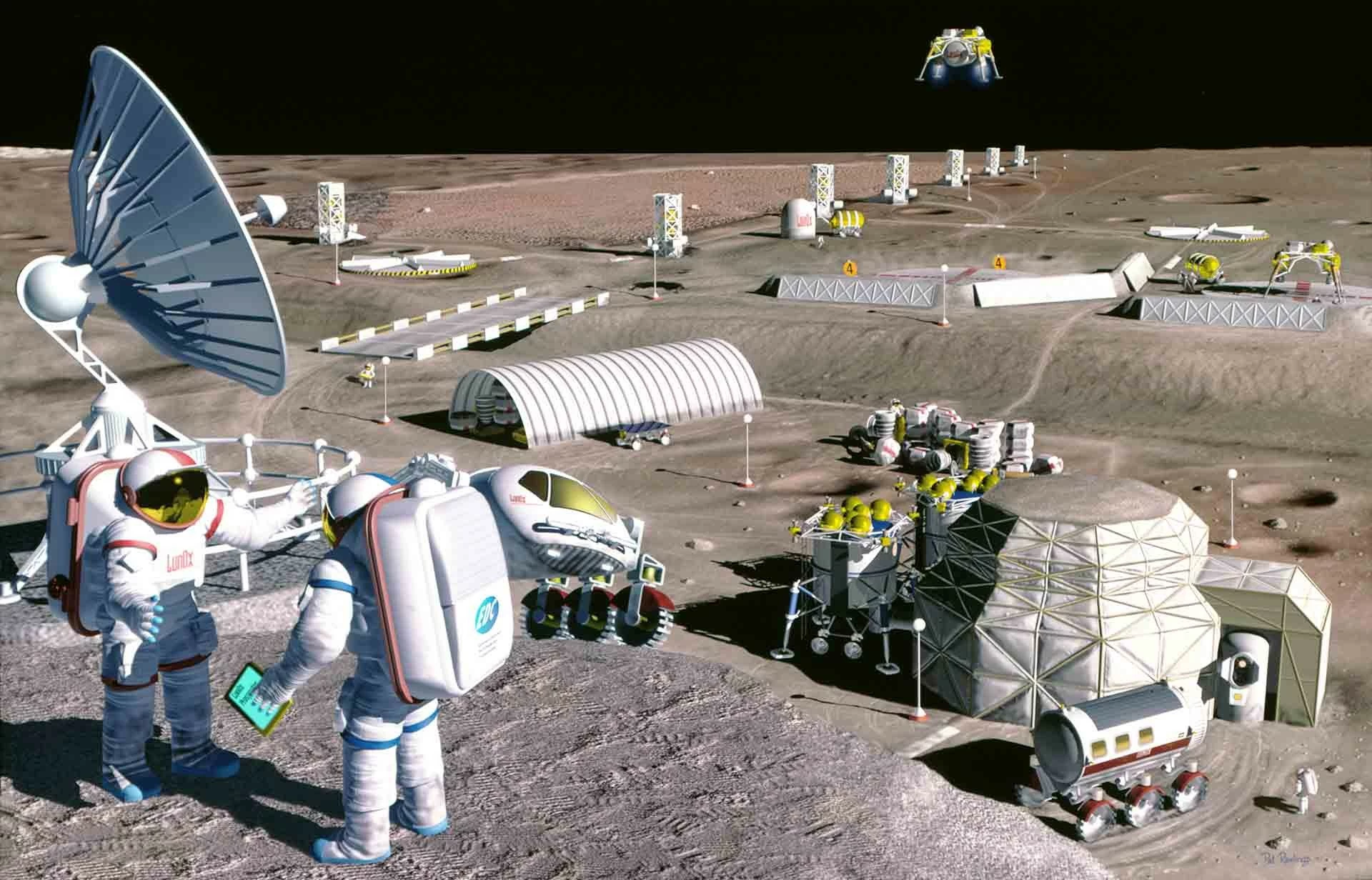 |
| In the future, humans may be able to settle on the Moon. (Illustration. Source: NASA) |
As early as 2014, scientists had the idea of building settlements in space. According to Dr. Al Globus - a leading expert on space settlements at the Ames Research Institute of the US National Aeronautics and Space Administration (NASA), who has worked for many years with the Hubble Space Telescope Program, the International Space Station (ISS), the Space Shuttle and many other programs, told the Daily Mail that humans will soon establish space settlements "floating" in Earth's orbit.
“If people are determined to do this, we can do it. We have the scientific ability, we have the finance, there is no reason why we cannot do it,” Mr. Globus affirmed.
Technology is developing rapidly
Dr. Globus emphasized that human technology is developing at a rapid pace, and space settlement will become a reality, unless a major disaster such as a nuclear war occurs. He asserted: "I am surprised that we do not have space settlements. We can build such settlements in a few decades."
British astrophysicist Stephen Hawking once shockingly warned that within the next 200 years, humanity should find a new settlement in outer space, if it wants to avoid extinction.
He said that in the past, humans have faced the threat of extinction many times. Future threats may be much greater with population explosion and indiscriminate use of resources leading to global climate change.
Stephen Hawking believes that if humans want to avoid extinction in the next two centuries, they should "not put all their eggs in one basket" but find new places to live outside Earth.
From dream to reality
Mr. Elon Musk, Founder, Chairman, and CEO of Space Exploration Technology Corporation (SpaceX), wants to have a city of a million people on Mars by 2050. This is an ambitious idea, but not without basis.
“This is possible, this dream is real, it can be realized. I think the support will increase over time. I have no other motive, other than to concentrate my assets so that I can contribute the most to the goal of bringing people to live on other planets,” Mr. Elon Musk declared.
To realize its vision, SpaceX Corporation has developed the Starship spacecraft, a type of ship that can be used for the purpose of "round trip" between Earth and celestial bodies.
Human colonization of Mars could happen within decades, said Serkan Saydam, deputy director of the Australian Space Engineering Research Centre and professor at the University of New South Wales in Sydney. “I believe there will be a human colony on the Red Planet by 2050,” he told Live Science.
Mars is currently the choice of humans in the plan of settling beyond Earth, but there are also many planets outside the solar system that are capable of being settled by humans, called "exoplanets". The difficulty is that they are very far away.
Human probes that have left the Solar System, Voyager 1 and 2, took 35 and 41 years respectively to enter interstellar space, but reaching exoplanets is still a long way off.
“With current technology, it would take tens of thousands of years to reach the nearest exoplanet,” Frédéric Marin, an astrophysicist at the Strasbourg Observatory at the University of Strasbourg in France, told Live Science.
That long travel time makes colonizing exoplanets seem impractical. But Marin hopes that this time will be significantly reduced in the near future, thanks to the faster speeds of future spacecraft.
“In space science, the speed of propulsion vehicles increases by a factor of 10 every 100 years,” said Marin. That is, as humans gain the technology to move faster and faster through space, travel times to exoplanets could drop from tens of thousands of years to thousands of years, and then to hundreds of years.
Long Flight Between the Stars
Marin simulated a scenario in which humans would reach a habitable exoplanet after a flight of about 500 years. Such a long journey would require a massive spacecraft manned by multiple generations of humans. Marin’s simulations suggested that about 500 people would be a reasonable starting population for such a multigenerational spacecraft.
Closer to home, NASA is using 3D printing technology to find ways to build human homes on the Moon by 2040. The construction materials will be taken from lunar soil and rock.
In 2023, NASA will launch Artemis I, the first mission in the Moon project, with mannequins in the capsule. The ship will fly around the Moon and return safely to Earth. The Artemis II mission will carry real people, including four astronauts, on a 10-day flight around the Moon, scheduled to take place in November 2024. The Artemis III mission will take place in 2025, to help humans set foot on the Moon.
“We are exploring beyond the planet, establishing a presence beyond Earth and the solar system,” enthused NASA Assistant Administrator Bob Cabana. “It’s exciting, isn’t it?”
Most of the science fiction works of the past have now become reality thanks to the joint efforts of people, the cooperation of countries, international organizations and the scientific community.
Therefore, the journey of bringing humans to settle in space, although still far away, is completely possible.
Source


![[Photo] Looking back at the impressive moments of the Vietnamese rescue team in Myanmar](https://vstatic.vietnam.vn/vietnam/resource/IMAGE/2025/4/11/5623ca902a934e19b604c718265249d0)




![[Photo] "Beauties" participate in the parade rehearsal at Bien Hoa airport](https://vstatic.vietnam.vn/vietnam/resource/IMAGE/2025/4/11/155502af3384431e918de0e2e585d13a)
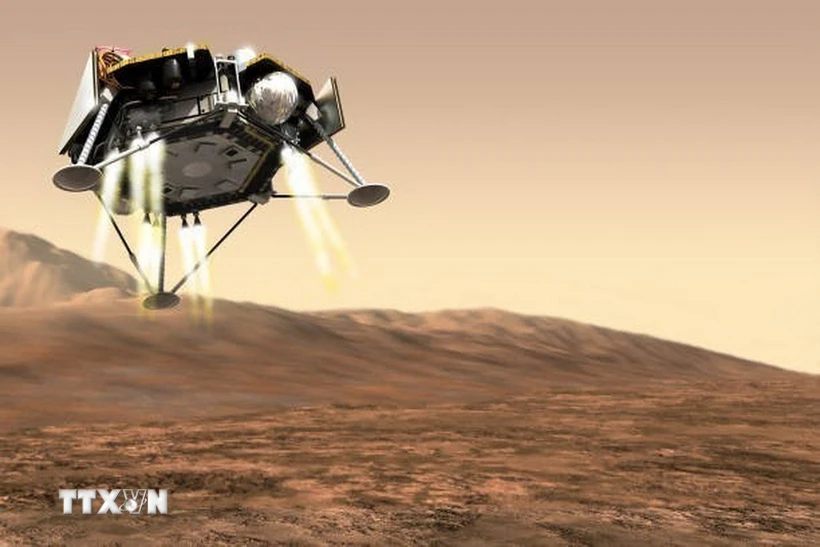



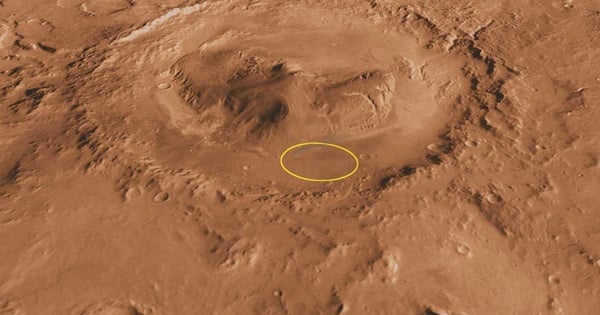

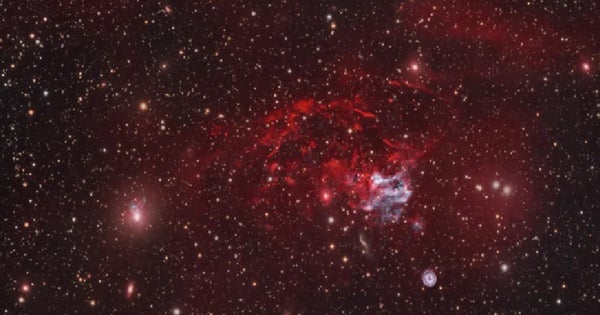
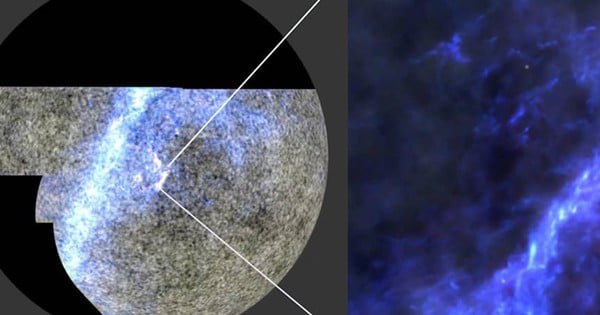
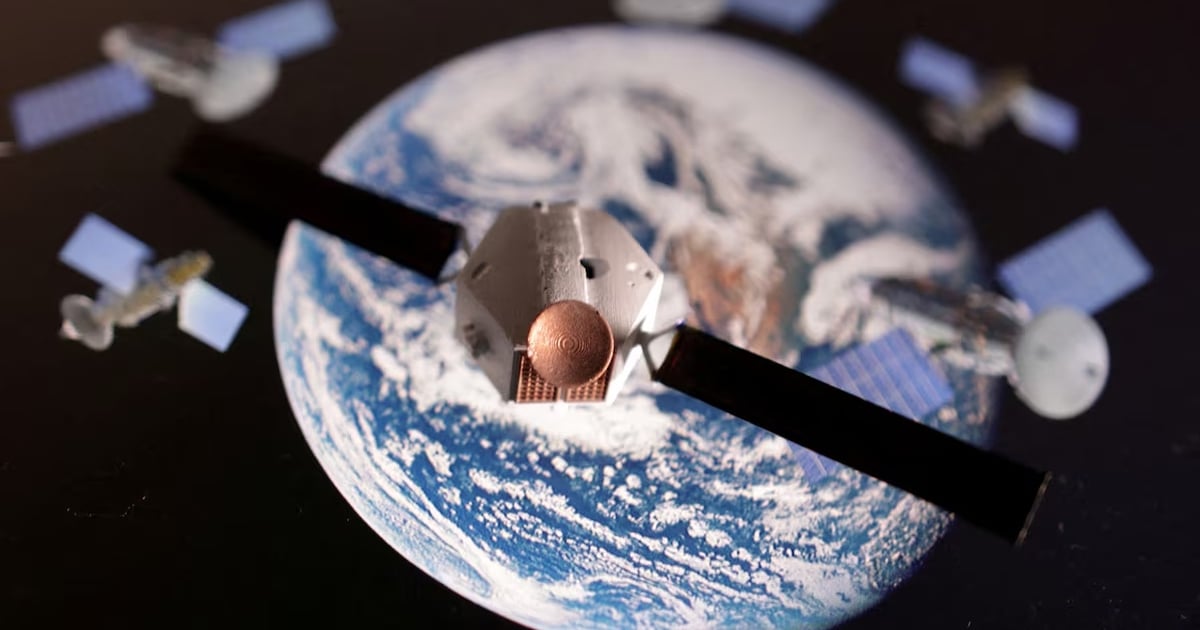


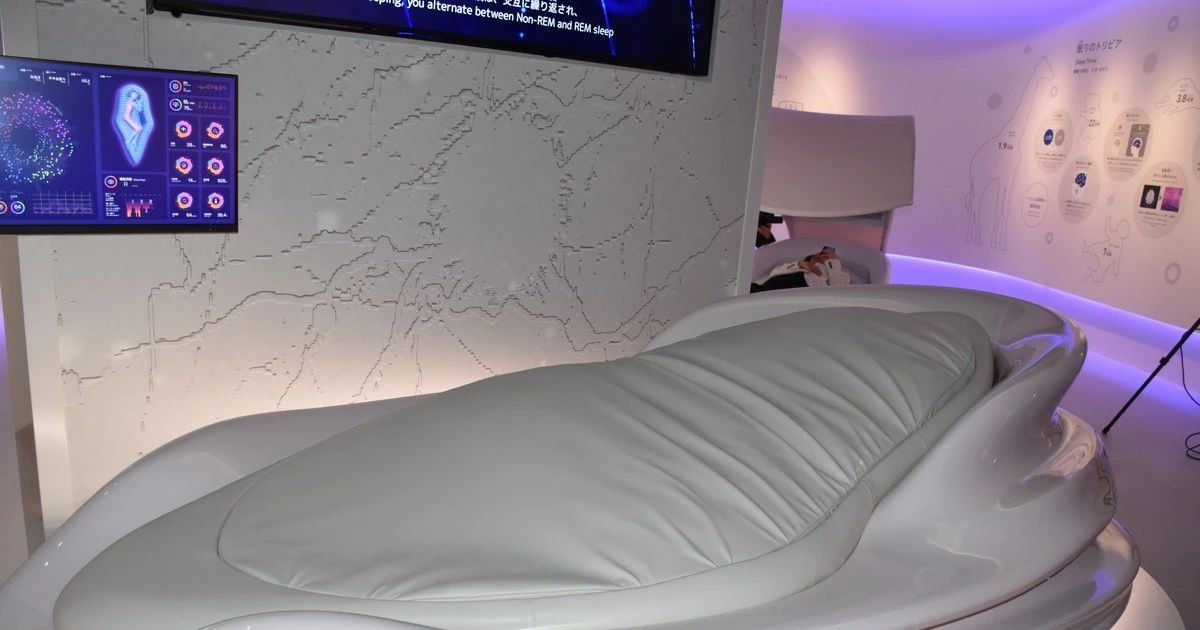











![[Photo] Summary of parade practice in preparation for the April 30th celebration](https://vstatic.vietnam.vn/vietnam/resource/IMAGE/2025/4/11/78cfee0f2cc045b387ff1a4362b5950f)




























































Comment (0)